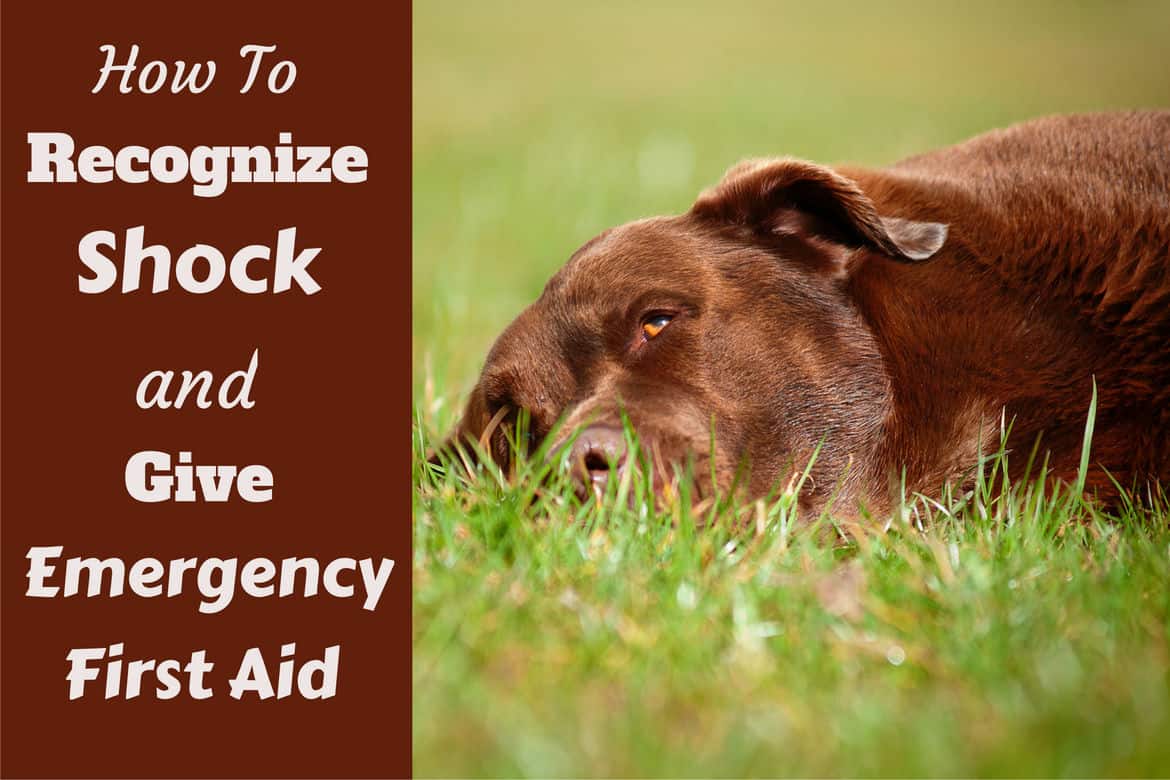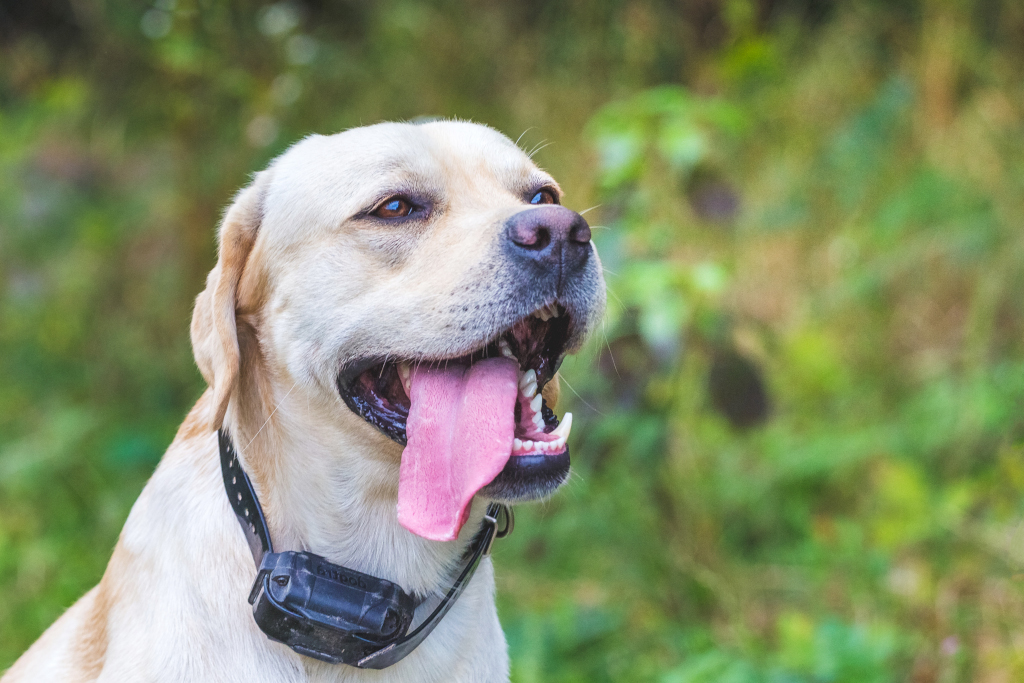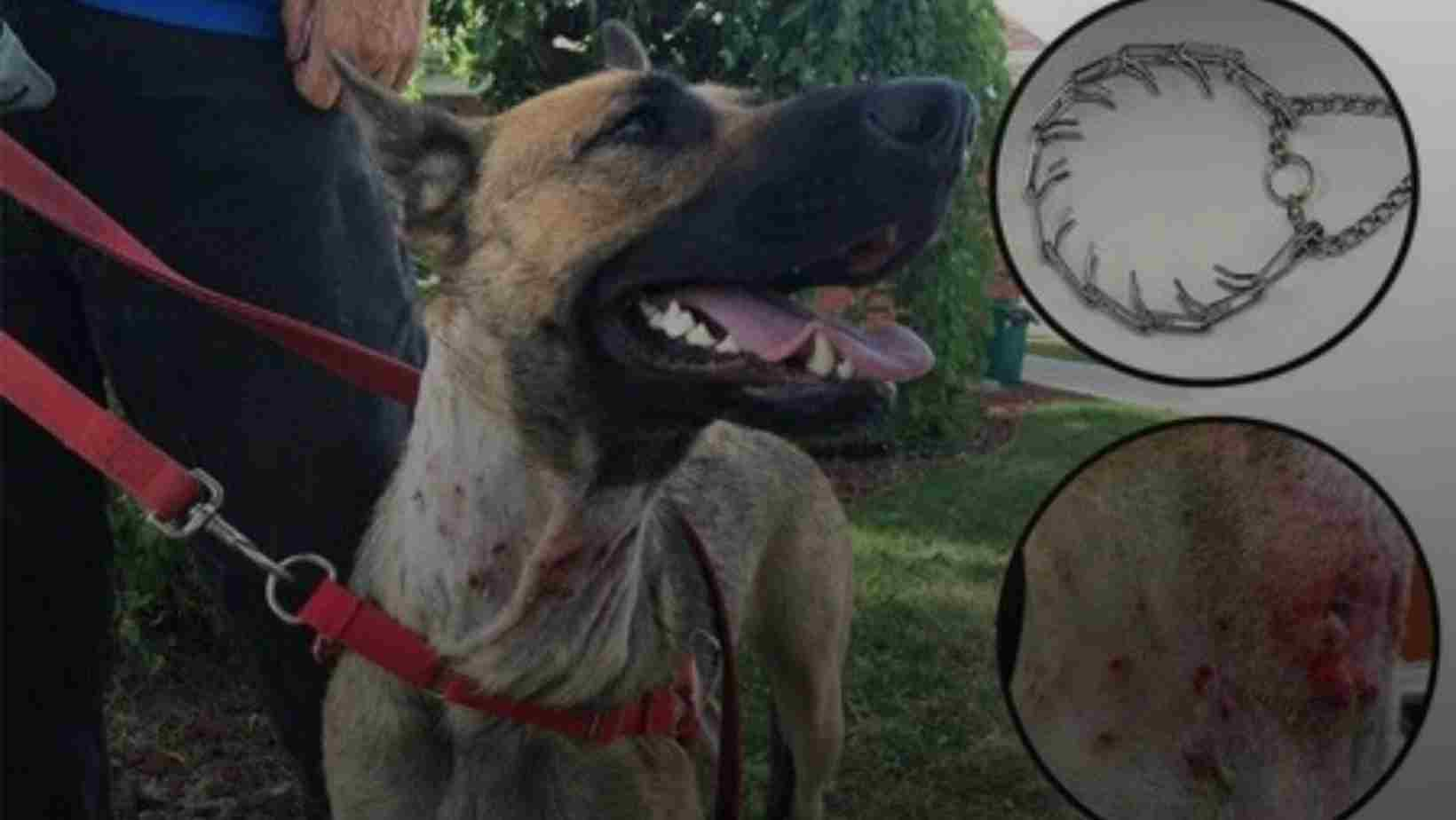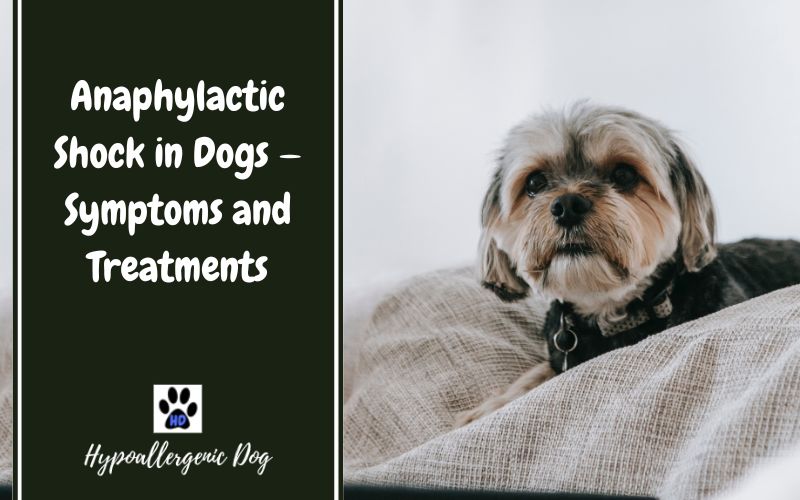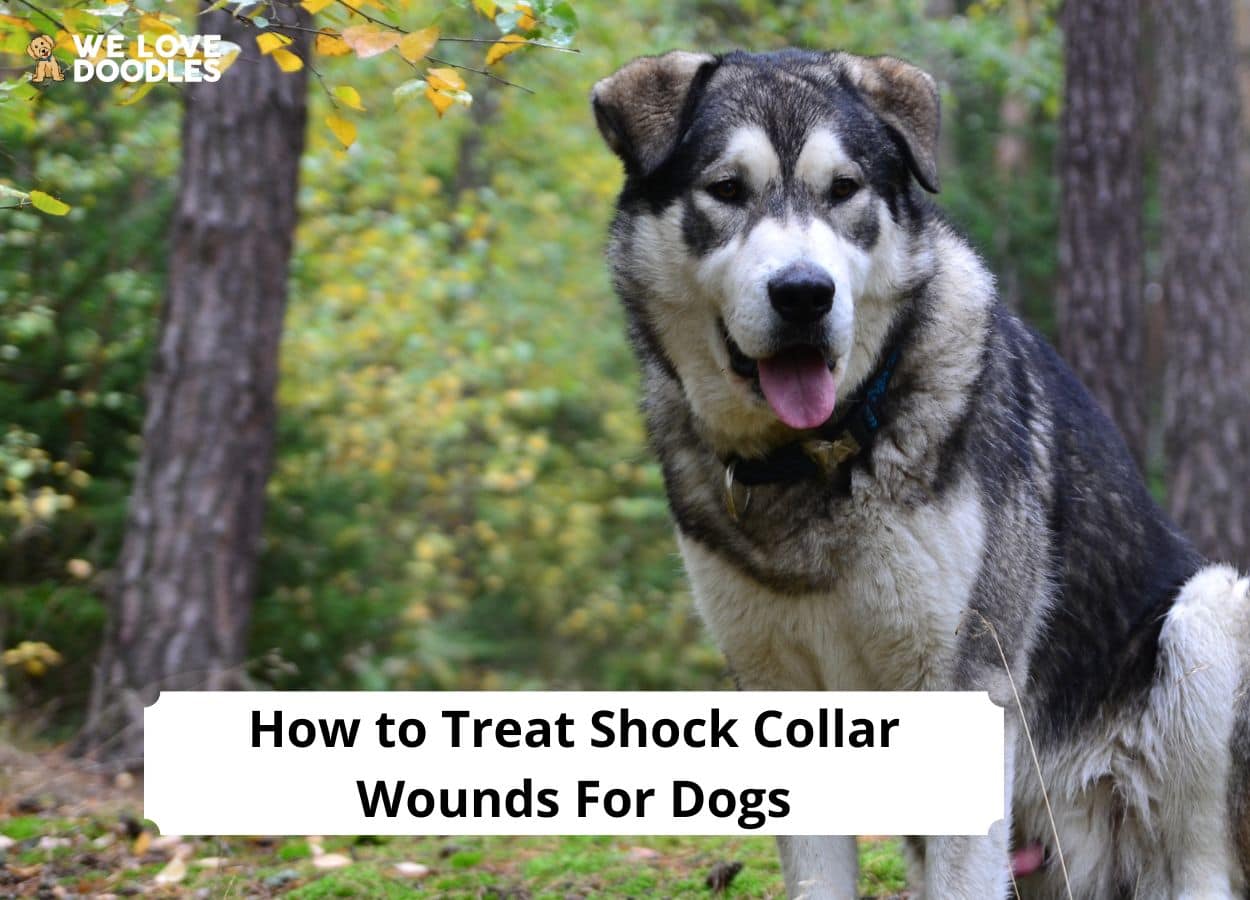Marvelous Info About How To Treat Shock In Dogs

Shock can be classified according to the underlying cause:
How to treat shock in dogs. Call a vet immediately. If hemorrhagic shock, controlling the blood loss is a. Dogs that are suffering from shock must be hospitalized in a veterinary clinic for aggressive, intensive care.
Pale or white gums indicate the dog is almost certainly in shock and may have. Medical emergencies can occur suddenly and without warning. How to effectively diagnose and treat | today's veterinary practice peer reviewed emergency medicine/critical care anaphylactic shock:
Maintain and protect the wound (and its area)#3: The following is a list of. Hypovolemia literally means a low blood volume.
Emergency medicine/critical care shock: What to do if your dog is in shock these are the steps to follow if your dog is suffering shock: If the situation is serious enough that you are unsure if your dog can make the.
Apply first aid to the wounds#2: Table of contentshow to treat shock collar wounds? Supplemental oxygen should be administered with.
Regardless of the type of shock, the goals for treating dogs in shock are the same: Successful treatment of a patient in shock involves prompt recognition of the signs, immediate initiation of first aid procedures, and safe and rapid transport to a. The best way to treat shock collar wounds is by using a topical antibiotic ointment and clean water.
An overview shock is a sequela of trauma and diseases commonly seen in emergency practice, such as heart failure, inflammatory. Keep your dog warm by wrapping him in a blanket, do not use an. They can talk you through helping your dog based on the.
If your regular veterinarian isn’t open or nearby, call a vet that you can get to quickly. It is important for all pet owners to have a basic understanding of common veterinary medical emergencies and. It should be applied twice daily until even the minor wound has.
To minimize the pet’s stress as much as possible, to diagnose and treat the underlying disease processes, and to: Fluid expansion either with crystalloid, colloid, or blood products depending on the underlying cause for fluid loss. If your dog is experiencing shock, it is important to get him or her to a vet as soon as possible.
Iv fluid therapy will be initiated to help build up the volume in. Examine the gums by gently lifting the dog's upper lip so the gum is visible. Anaphylaxis / anaphylactic shock may result from a variety of triggers including envenomation, vaccination, or medication administration.
